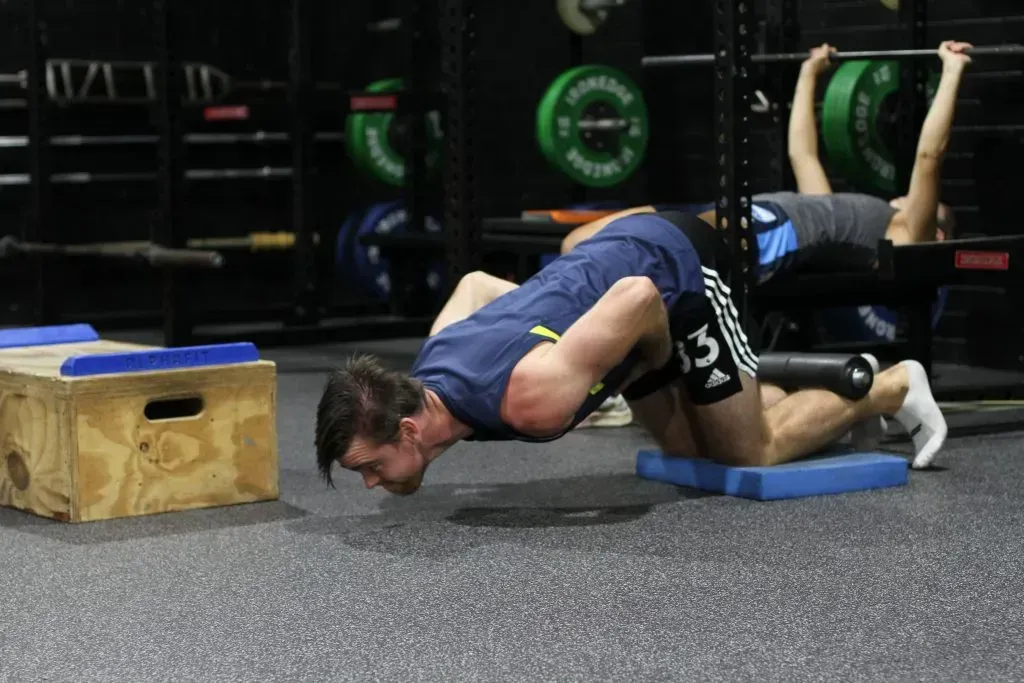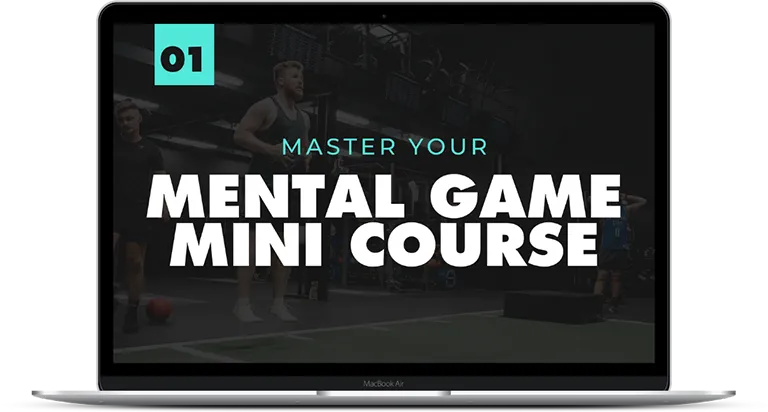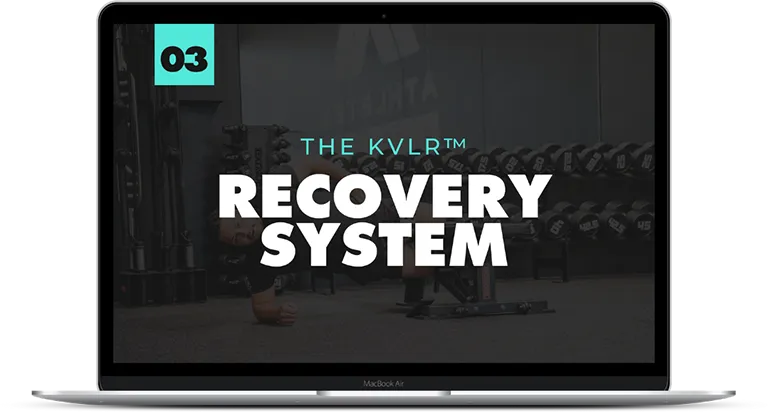Athletes Authority
The blog

From Good to Great: How Strength and Conditioning Can Maximize Your Athletic Performance
Take Your Athletic Performance To The Next Level With Strength & Conditioning Training
Strength and conditioning is an essential component of any athlete’s training program. Whether you’re a professional football player or a weekend warrior, engaging in regular strength and conditioning workouts at the gym can help you perform at your best and reach your full athletic potential. But how exactly does strength and conditioning improve athleticism in athletes? Here are a few key ways:
1. Increasing Muscle Size and Strength with Strength and Conditioning"
One of the most obvious benefits of strength and conditioning is the ability to increase muscle size and strength (1). Stronger muscles are able to produce more force, which can be beneficial for a wide range of athletic movements. For example, a study published in the Journal of Strength and Conditioning Research found that basketball players who engaged in a strength training program increased their vertical jump height by an average of 8.36% (2). This increase in lower body strength can translate into improved athletic performance for athletes in a variety of sports.
2. Improve Your Endurance With Off-Feet Conditioning
In addition to increasing muscle size and strength, strength and conditioning can also improve an athlete’s endurance using off-feet conditioning principles (3). This is especially important in sports that involve repetitive movements or long periods of continuous activity, such as running, cycling, or soccer. By performing conditioning exercises at the gym, such as running or bike intervals, or even upper-body circuit training in the event of a lower-body injury, athletes can improve their ability to sustain a high level of performance for longer periods of time. For example, a study published in the Journal of Applied Physiology found that well-trained runners who engaged in high-intensity interval training (HIIT) improved their endurance by an average of 9% (4).
3. Reducing Injury Risk with Strength and Conditioning at the Gym
Another key benefit of strength and conditioning is the ability to reduce the risk of injury (5). By strengthening the muscles, tendons, and ligaments that support your joints, you can help protect yourself from common sports injuries such as strains, sprains, and tears. A study published in the American Journal of Sports Medicine found that athletes who engaged in a strength training program were 55% less likely to suffer a muscle injury compared to those who did not (6). Additionally, proper conditioning at the gym can help improve your balance and coordination, which can also help reduce the risk of injury. Whether you’re a professional athlete or a weekend warrior, taking steps to prevent injuries can help you stay healthy and on the field or court.
4. Improving Overall Physical Conditioning with Strength and Conditioning at the Gym
Finally, strength and conditioning can help improve an athlete’s overall physical conditioning (7). This includes factors such as cardiovascular fitness, flexibility, and body composition. By engaging in regular conditioning exercises at the gym, athletes can improve their cardiovascular fitness, which can help them sustain a high level of performance for longer periods of time. A study published in the Journal of Applied Physiology found that well-trained runners who engaged in HIIT improved their VO2 max (a measure of cardiovascular fitness) by an average of 6% (8). Additionally, activities such as stretching and yoga can help improve flexibility, which can help athletes move more efficiently and reduce the risk of injury. And by paying attention to their nutrition and engaging in activities that help them maintain a healthy body composition, athletes can optimize their physical condition and be at their best.
5. The Final Word on Strength and Conditioning Training
In conclusion, strength and conditioning is an essential component of any athlete’s training program. By increasing muscle size and strength, improving endurance, reducing injury risk, and improving overall physical conditioning, regular strength and conditioning workouts at the gym can help athletes perform at their best and reach their full athletic potential. Whether you’re a professional athlete or a weekend warrior, incorporating strength and conditioning into your training routine is an important step in optimizing your athletic performance. So don’t skip your next trip to the gym – it could be the key to unlocking your full athletic potential.
Still got questions? Here are some of the more common questions we get asked about integrating a strength and conditioning program into your training routine:
"What specific exercises or workouts should athletes include in their strength and conditioning routine?"
There are many different exercises and workouts that athletes can include in their strength and conditioning routine, and the specific exercises will depend on the athlete’s goals and needs. However, most quality strength and conditioning programs will include exercises from the following movement patterns:
Knee Dominant: Squats and Lunges
Hip Dominant: Deadlifts and Hip Thrusts
Plyometrics: Jumps, Hops, Bounds and Throws
Push: Bench Press, Overhead Press and Pushups
Pull: Rows and Chinups
Midline: Core, Rotation, Flexion, Extension and Resisting movement in these directions.
It’s also important for athletes to include exercises that improve resilience in weak or previously injured areas of the body. This is of course, specific to the individual and should be programmed by a professional.
"How often should athletes engage in strength and conditioning workouts?"
The frequency of strength and conditioning workouts will depend on the athlete’s goals, time of season, and their training age and history. In general, athletes should aim to engage in strength training two to three times per week, with at least one day of rest in between sessions. For conditioning, athletes can aim to perform workouts two to three times per week during off-season to maintain fitness, but are usually only recommended as top-ups during season where training and match loads are already high.It’s important for athletes to listen to their bodies and allow for adequate recovery time to prevent overtraining and burnout.
"What are the most common injuries that athletes can prevent with a proper strength and conditioning routine?"
A proper strength and conditioning routine can help athletes reduce the risk of a wide range of injuries, including muscle strains, ligament sprains, and tendinitis. These are commonly called ‘soft-tissue injuries’. By strengthening the muscles and tendons that support the joints, athletes can help protect themselves from these types of injuries. However, it’s important to remember that a training program can never completely remove any risk, and it’s still possible to get injured playing sport while conducting a strength and conditioning program. There is a saying that goes: “You can’t measure the injuries that never happened because of a great strength and conditioning program.”
"How can athletes measure their progress in strength and conditioning and determine when to adjust their routine?"
There are many different ways that athletes can measure their progress in strength and conditioning and determine when to adjust their routine. Some options include keeping track of the number of reps and sets they are able to perform, measuring their body composition, tracking their performance in sport-specific tests or drills, and monitoring their recovery time. By regularly tracking these metrics, athletes can get a sense of how their strength and conditioning program is affecting their performance and make adjustments as needed. We’ve written articles on this topic, so please check the blog for more info.
"Are there any specific considerations that athletes should keep in mind when designing their strength and conditioning program, such as age, gender, or sport-specific needs?"
Yes, there are several specific considerations that athletes should keep in mind when designing their strength and conditioning program. For example, athletes should consider their biological age, their training age, their current fitness levels, the time of year as it relates to their sports season, their injury status, and, their fatigue levels, and adjust their program accordingly. By taking these factors into account, athletes can design a program that is tailored to their unique needs and goals.
References
Kraemer, W. J., & Ratamess, N. A. (2004). Fundamentals of resistance training: progression and exercise prescription. Medicine and science in sports and exercise, 36(4), 674-688.
Stone, M. H., Sands, W. A., Pierce, K. C., Carlock, J. M., Cardinale, M., & Newton, R. U. (2007). A comparison of strength and power characteristics between professional and college-age male basketball players. The Journal of Strength & Conditioning Research, 21(3), 679-683.
Faigenbaum, A. D., & Westcott, W. L. (2008). Youth resistance training: updated position statement paper from the National Strength and Conditioning Association. The Journal of Strength & Conditioning Research, 22(6), 51-57.
MacDougall, J. D., Tuxen, D., Sale, D. G., Moroz, J. R., & Sutton, J. R. (1985). Arterial blood pressure response to heavy resistance exercise. Journal of Applied Physiology, 58(2), 785-790.
Faigenbaum, A. D., Kraemer, W. J., Blimkie, C. J., Jeffreys, I., Micheli, L. J., Nitka, M., & Rowland, T. W. (2009). Youth resistance training: updated position statement paper from the National Strength and Conditioning Association. Journal of Strength and Conditioning Research, 23(5), S60-S79.
Albrecht, K. A., & Knapik, J. J. (2007). The effectiveness of resistance training in enhancing sports performance: a meta-analysis. Journal of strength and conditioning research, 21(3), 678-688.
Faigenbaum, A. D., & Westcott, W. L. (2009). Youth resistance training: position statement summary and technical report. Sports Medicine, 39(6), 433-445.
MacDougall, J. D., Ray, S., Sale, D. G., McCartney, N., Lee, P., & Garner, S. (1985). Muscle performance and enzymatic adaptations to sprint interval training. Journal of Applied Physiology, 58(3), 785-790.
Are you hungry for a competitive edge? Unlock a new level of athleticism Click here to learn more
Our resources

Master your mental game Mini Course
Discover the mindset strategies of the World’s Greatest Athletes so you can turn your mind into a weapon of performance.

THE ATHLETES AUTHORITY RECOVERY SYSTEM
Performance = fitness – fatigue. Reduce your fatigue and recover faster with our 3-step recovery system.
QUICK LINKS
CONTACT US
GYM HOURS
Open 5am-Midnight 7 days.
MELBOURNE LOCATION
SYDNEY LOCATION
© 2023, Athletes Authority | All Rights Reserved
Website & Marketing Powered By Gymini

